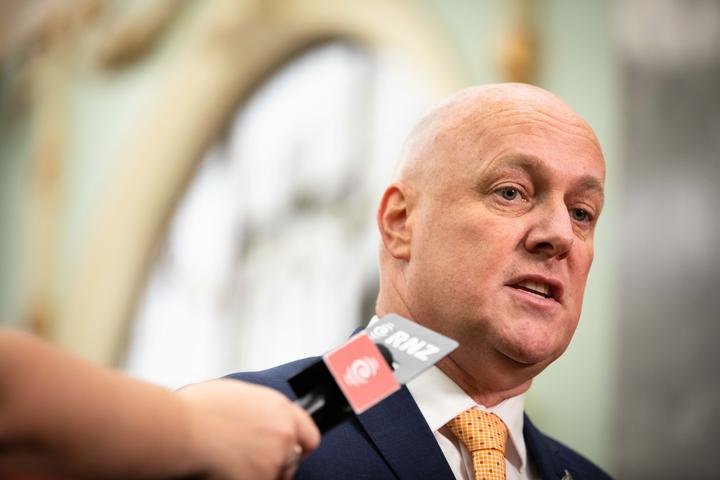WHO calls for bold action to cut TB rates in half
WHO calls for bold action to cut TB prevalence and deaths by half by 2010
Fifty-seventh session of the WHO Regional
Committee for the Western Pacific
18-22 September 2006 ,
Auckland, New Zealand
Auckland, New Zealand, 20 September 2006—Having successfully met its 2005 targets for tuberculosis control, the World Health Organization Western Pacific Region now confronts an even tougher challenge in the second phase of the Stop TB Special Project: reducing by half the number of TB cases and deaths by 2010, compared to 2000.
"Tremendous momentum has been generated, but the job is not finished," Dr Richard Nesbit, acting WHO Regional Director for the Western Pacific, told WHO’s Regional Committee for the Western Pacific here today. "However, I am confident that we will be able to sustain the momentum and commitment to overcome the obstacles towards the 2010 goal."
Estimates from 2000–2004 data suggest an overall decline of 15% in prevalence and 12% in mortality. However, the current annual decline of 3% in TB prevalence and mortality will have to increase to 8% per year if the Western Pacific is to achieve the regional goal by 2010.
To achieve this, there must be:
an increase in case detection beyond the present 70%;
control of multidrug-resistant TB;
intensified efforts to fight TB-HIV coinfection;
equitable access by all patients to TB services; and
a strengthening of health systems, especially human resource capacity.
To meet these challenges and sustain momentum towards achieving the regional goal, the WHO Regional Committee for the Western Pacific considered the Regional Strategic Plan to Stop TB 2006–2010.
In the Western Pacific, the plan provides a road map with strategies clearly laid out for achieving the 2010 goal, such as ensuring the quality of TB services, responding to emerging challenges of multidrug-resistant TB and the TB-HIV coinfection, further increasing the case detection rate, and intensifying efforts to get both private and public health sectors more involved in TB control.
Countries, particularly those with a high TB burden, will need to take bolder action, as called for in the Plan, which requires strengthening of efforts and increased funding at the regional and country levels.
In 1999, a tuberculosis crisis was declared in the Western Pacific Region, prompting the fiftieth session of the Regional Committee to adopt resolution WPR/RC50.R5, establishing the Stop TB Special Project. WHO Member States set the goal of reducing TB prevalence and mortality by one half by 2010, as compared to the 2000 level. As an intermediate step, three regional targets were set for 2005— a regionwide population coverage of DOTS, detecting 70% of the estimated TB cases, and successfully treating 85% of these cases. DOTS, or directly observed treatment, short-course is the WHO-recommended strategy to control TB.
The Regional Committee for the Western Pacific, the governing body of WHO in the Region, is meeting in Auckland from 18 to 22 September to review WHO's work in the Region and to set future directions.
ENDS


 Gordon Campbell: On The Coalition’s Awful, Not Good, Very Bad Poll Results
Gordon Campbell: On The Coalition’s Awful, Not Good, Very Bad Poll Results Government: Streamlining Building Consent Changes
Government: Streamlining Building Consent Changes Koi Tu - The Centre for Informed Futures: If Not Journalists, Then Who?
Koi Tu - The Centre for Informed Futures: If Not Journalists, Then Who? FIRST Union: May Day, The Biggest Threat To NZ Workers In 2024 Is Our Government
FIRST Union: May Day, The Biggest Threat To NZ Workers In 2024 Is Our Government Green Party: New Unemployment Figures Paint Bleak Picture
Green Party: New Unemployment Figures Paint Bleak Picture  Labour Party: National Should Heed Tribunal Warning And Scrap Coalition Commitment With ACT
Labour Party: National Should Heed Tribunal Warning And Scrap Coalition Commitment With ACT Government: Saves Access To Medicines
Government: Saves Access To Medicines


